
A surplus pistol won’t likely look like this Browning Renaissance Hi-Power currently residing at the NRA Museum, but it can still get the job done.
We’d like to introduce this guest post from the Nicholas Oetken over at Sullivan Survival. Dan Sullivan and team offer up ideas, strategies, and products for planning for anything from everyday emergencies to worst-case scenarios. Be sure to check out their site.
There are two kinds of people who should be interested in purchasing surplus pistols: firearms collectors who appreciate the historical value, and those on a budget who are looking for a reliable handgun without spending a fortune.
Surplus pistols are simply former military handguns that have since been replaced by newer models and have flooded the U.S market. Since there are so many of them, the prices can be pretty sweet. As they were built to military standards, they are very reliable and well built.
Let’s see the top five surplus pistols for personal protection (from my perspective):
BROWNING HI-POWER
Wait, a Browning Hi-Power is on this list? Don’t they run anywhere from $800 to $1,000 new? Yes, new ones do, and some used ones can be that high also.
The Hi-Power is among the most widely issued pistols on the planet, and in terms of the numbers of militaries and police agencies who have adopted it; it’s even been more successful worldwide than the 1911. The Hi-Power is one of the most common sidearms currently available. This means there are plenty of surplus ones available for purchase.
For example, Israeli Defense Trade surplus Browning Hi-Power Mark II’s can be purchased for the $300 to $400 range. While these pistols may have heavy holster wear on the outside, the internal parts are in overall good condition as they have not been fired nearly as often as they have been worn. With a little gunsmith work, you can get the exterior of the gun looking nearly as good.
With 13 rounds of 9mm in the magazine, plus one in the chamber, the Hi-Power has more than enough firepower for self-defense. It was originally designed by John Browning as one of his final inventions and has served in militaries and police forces since the 1930s. Like the 1911, it is a single action pistol meaning it can only fire when the hammer is cocked. This allows for an overall shorter and crisper trigger pull.
All in all, buying a surplus Hi-Power will provide you with the exactly same quality as buying a new one. It will be a lot more worn, but the gun itself will shoot just as well.
CZ82 AND CZ83
The CZ82 and CZ83 are two compact, blowback pistols chambered for the 9x18mm Makarov and the .380 ACP calibers respectively. They are very similar to the Makarov pistol (which we’ll talk about next), but there are still some key differences.
What’s notable about the CZ82/83 is its versatility. This is a compact pistol that can be easily concealed on your person, but it also has a double stacked magazine that holds 12 rounds (82) or 13 (83). That’s plenty of bullets for a self-defensive situation.
The overall operation on the CZ82/83 is very smooth. While the double action pull is a bit stiff at eleven pounds, it is still quite smooth. The single-action trigger pull comes in at around five pounds and is even crisper. It features an American-style push button magazine release on the side of the frame (rather than the European-style heel magazine release) this makes reloading slower and a tad more difficult.
Since it is a fixed blowback design, the CZ82/83 is going to be more naturally accurate than a pistol with a tilting barrel design (like we see on modern pistols made today). This increases its capabilities as a personal defense weapon.
Overall, the CZ82 or 83 are great choices for concealed carry and home defense. They are rugged, reliable, accurate, and easily concealable, and all for a price of less than $400. What more could you ask for?
MAKAROV
Another popular surplus military pistol is the Makarov, which shares a lot of the same design features as the CZ82/83. For instance, it’s a double action/single action pistol with a blowback action and an all steel construction. Both pistols actually borrowed several design features from the popular Walther PP and PPK series of guns.
When you pick up the Makarov, you’ll notice right away that it’s a little on the heavy side but also well balanced. These two factors combine to reduce recoil and are reasons why the Makarov has found favor as a weapon for concealed carry.
The Makarov served as the standard issue sidearm of Russia for 40 years (1951-1991), with good reason. It’s a very reliable and rugged pistol. Like the AK-47 it has seen decades of service and remains popular today. The Makarov is a pistol that is designed to take abuse and continue working.
Two possible downsides for the Makarov are its limited magazine capacity and heel magazine release. The gun requires two hands in order to reload. It’s just something that you’ll have to think about when training yourself to use the gun.
Overall, the Makarov is a suitable choice for concealed carry or personal protection. Today, you can find them on the surplus market for around $400, and sometimes even less.
WALTHER P1/P38
The Walther P38 served as the official replacement for the German Army in 1938 after their previous sidearm, the Luger, was too expensive to manufacture after encountering reliability problems on the battlefield.
The P38 ended up being the first successful double action/single action semi-automatic pistol adopted by a military and has influenced countless designs since.
The P38 has a single stack magazine that holds 8 rounds of 9mm Luger, which can be removed from the gun with a heel magazine release at the bottom of the grip. As with the Makarov, this is something that you will have to get used to in your training.
When examining and operating the P38, you’ll notice just how similar it is to the Beretta 92 that has served as the U.S Military’s official sidearm since 1985, and was only recently replaced by the Sig Sauer P320. For example, both guns feature a slide mounted safety that will also decock the weapon when engaged. This means that both pistols cannot be carried “cocked and locked.” Instead, the best way to carry them will be decocked with the safety off. This way, the gun will be safe to carry since it’s on a longer double action trigger.
Both the P38 and the Beretta 92 also feature a fixed barrel design that greatly aids in accuracy and an open slide that ensures reliable feeding and dramatically lowers the possibility of a malfunction.
The P38 continued to be popular with German police forces after World War II (where it was adopted as the lighter framed P1) and was only completely phased out of the German Army in 2004 by the HK USP, one of the many pistols that it inspired.
Today, you can easily find a good quality P38 or P1 on the surplus market for $400 to $500, and usually with a high-quality leather holster.
ZASTAVA TOKAREV M57
Before the Makarov we discussed earlier, the standard issue sidearm of the Soviet Union was the Tokarev M57 pistol, chambered in 7.62x25mm. The Tokarev was very similar to the popular 1911, in both are single action. As with many World War II-era pistols, the Tokarev continued to be issued to police forces by man countries and was also copied by many manufacturers.
One such example is the Zastava Tokarev. The major difference between the two guns is in their caliber: the Zastava is chambered for the far more common 9mm Luger round, which is currently one of the cheapest and most abundant pistol cartridges you can buy. A difference between the Zastava and the original Tokarev is in the positioning of the safety: the Zastava has a slide mounted safety like the Walther P38 or P1.
Other than that, the Zastava Tokarev is largely identical to the Tokarev M57 in the design, which means the quality between the two guns is almost identical. Collectors and shooters today hold the Tokarev series of guns in a high regard due to their durability and reliability. The Tokarev was a worthy predecessor to the Makarov in that it was also designed to sustain abuse and continue to function in rough conditions.
Today, you can easily find the Zastava Tokarev on the used market for around $300, which makes it a great choice for those seeking a dependable pistol without spending a lot of cash.
NOTE: Although a powerful round, it isn’t great for PP as it over penetrates very badly. Good on the battlefield, bad in the neighborhood.
CONCLUSION
Surplus pistols aren’t just an exciting collector’s item. Because of their historical value, their ruggedness, build quality and relatively low price tag, they are a suitable personal protection pistol for those who may not be able to afford something more expensive.
Any of the five surplus pistols that we have gone over in this article will be a suitable choice for personal protection and home defense, and each has plenty of history behind them to make you proud of owning them.

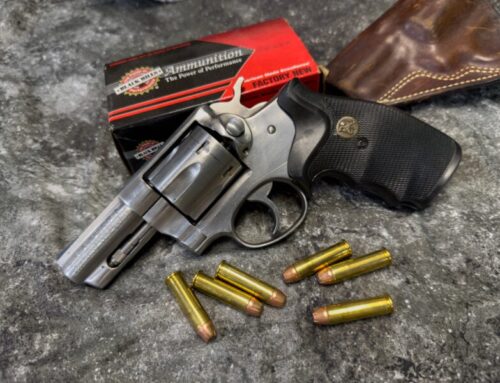
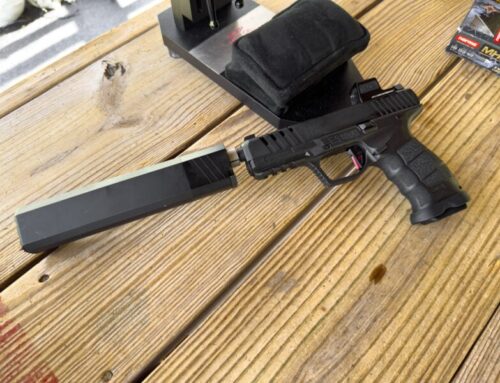
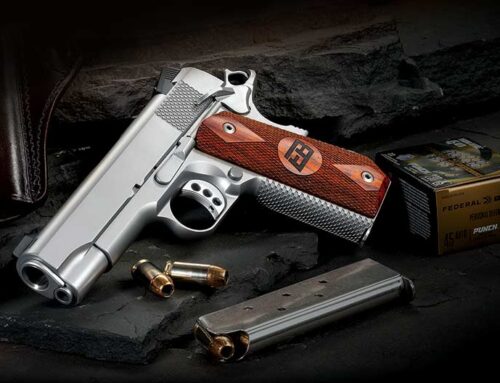
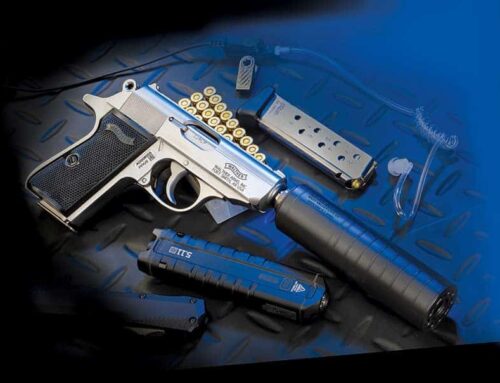
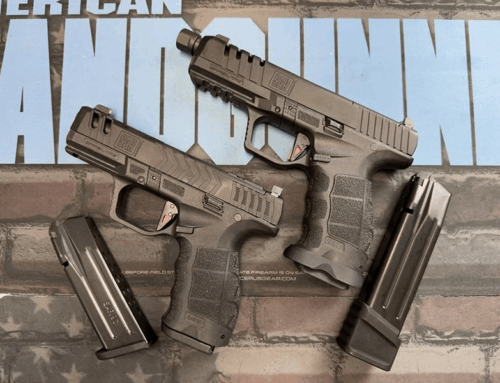

Leave A Comment